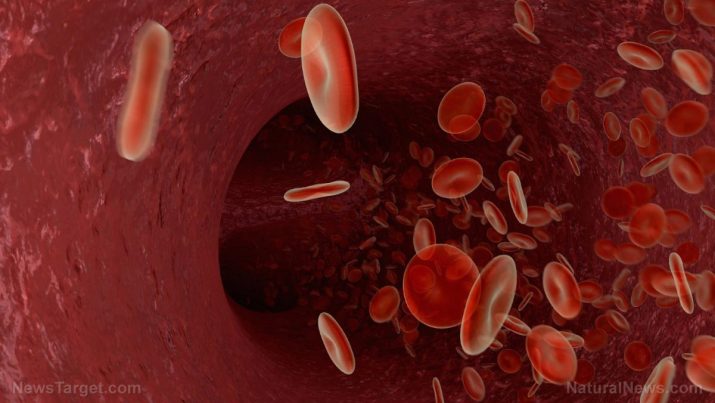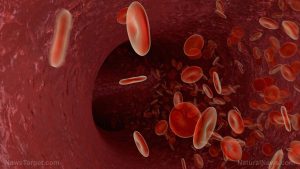
Aortic Coarctation — causes, side effects and treatments at NaturalPedia.com
Wednesday, January 03, 2018 by Rita Winters
http://www.naturalpedia.com/aortic-coarctation-causes-side-effects-and-treatments-at-naturalpedia-com.html

Aortic coarctation (CoA) is a congenital constriction of the aorta, or a narrowing of the aortic wall. Aortic coarctation makes up five to eight percent of all congenital heart defects. It may occur by itself but can also be the side effect of cardiovascular lesions. This abnormality may be present with other defects such as bicuspid aortic valve, aortic stenosis, ventricular septal defect, patent ductus arteriosus, valve regurgitation, and single ventricle defects.
The aorta is the largest and most important blood vessel, which carries oxygen-rich blood from the heart to various parts of the body. When the aorta is constricted, such as in aortic coarctation, these oxygenized blood cells fail to reach other parts of the body that need it, especially extremities like the arms, legs, and the brain.

Known side effects of aortic coarctation
Aortic coarctation may not be detected early, unless tests for other reasons chance upon it. However, it is easily detected in newborn screenings. Newborns with this abnormality may show symptoms such as pale skin, irritability, heavy sweating, and difficulty breathing. Adults with severe aortic coarctation may show signs such as cold hands and feet, muscle weakness, cramps, nosebleeds, chest pain, headaches, shortness of breath, high blood pressure, dizziness, and fainting.
Long-term damage from aortic coarctation include severe cardiovascular damage (inflammation, lesions), aneurysm, premature coronary artery disease, and stroke.
Body systems harmed by aortic coarctation
Aortic coarctation affects the heart, arteries, lungs, liver, and kidneys. It may also affect the muscoloskeletal system when it is deprived of oxygen from blood cells.
Food items or nutrients that may prevent aortic coarctation
Healthy foods for the heart are also beneficial to the aorta and other arteries. Make sure to get your daily fill of omega-3 rich foods, berries, nuts, whole grain, dark beans, red wine, tofu, leafy greens, and tomatoes.
Treatments, management plans for aortic coarctation
Medication such as diuretics, inotropic, and prostaglandin drugs may be given to patients with aortic coarctation. These drugs will not be able to fix the abnormality, but can control blood pressure before and after surgery.
Most cases of aortic coarctation need surgery because the disorder tends to get worse over time. Some procedures that may be used include:
- Balloon angioplasty with or without stenting – This procedure uses a long, thin tube (catheter) that has a small elongated inflatable balloon on its tip. It travels along an artery to the coarctation site where the balloon is inflated. To avoid relapsing, stents are sometimes put in place.
- End-to-end anastomosis – The coarcted part is incised out, and the two ends of the aorta are then connected to each other. In some cases, coarctation reoccurs, and surgery must be done again.
- Bypass graft repair – Also known as a coronary artery bypass graft (CABG), this procedure involves creating a new pathway (using tissue from other arteries) for blood to flow around a blockage or coarctation.
- Patch aortoplasty – This type of surgery is similar to plastic surgery, where the damaged part is reconstructed.
All these procedures are non-permanent, especially in severe cases that recur over time. On the bright side, some home remedies and natural treatments may reduce the side effects of aortic coarctation. These natural remedies include a change towards a healthy diet, regular physical activity, and sufficient quality sleep.
Where to learn more
Summary
Aortic coarctation is the constriction of the aorta above the heart.
Aortic coarctation causes complications such as severe cardiovascular damage and stroke.
Aortic coarctation is congenital and may be difficult to prevent, but can be treated and managed.
Sources include:
Tagged Under: Tags: aortic coarctation





